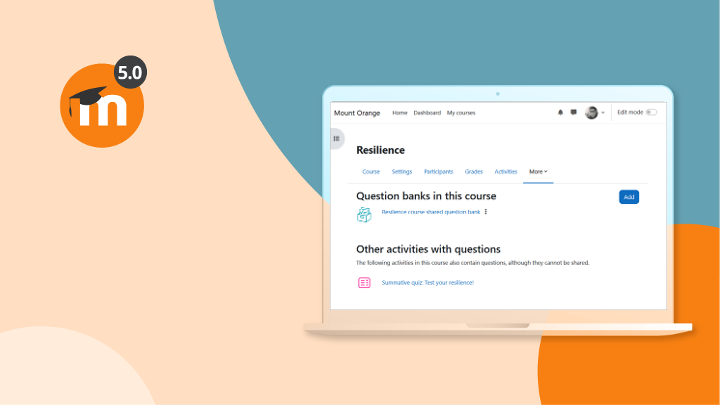Previously we wrote about responsive design and the trends for designing for multiple devices; for this reason and because Flash isn’t supported across multiple devices, it’s important that the L&D professional understand and be competent with HTML5 language. Shifting towards HTML5 will mean L&D professionals will be able to deliver and access content faster, easier, and cheaper across all platforms and operating systems.
First, let’s describe HTML?
HTML is an abbreviation for Hyper Text Markup Language. HTML is a markup language that comprises of markup tags.
Tags describe the document content — <p> This tag describes a paragraph <p>. You’ll have experienced html if you’ve written a blog on WordPress or eblogger. If you’ve ever come across an error page on the Internet with a lot of gobbledygook you will have discovered html. It’s usually met with some trepidation, but treat it as another language to learn and you’ll soon get comfortable with it.
Web browsers such as Google Chrome, Internet Explorer, Safari and Firefox uses the html tags to describe how the content of the HTML page is presented. Using our above example: <p> This tag describes a paragraph <p> which means the web browser will display the content in between the tags as a paragraph.
If you’ve never used HTML tags before, it might worthwhile practising on a dummy blog site before you start working with it. Mastering the basics is easy enough and well worth developing this skill.
HTML 5 supports HTML 4 but with added features to make browsing on mobile devices easier and faster. While HTML5 is definitely creating excitement in the industry, you do need to consider whether it’s ready to be used as it is being developed.
While HTML 5 is built for compatibility with other browsers, not all browsers are supported by HTML5. Many L&D professionals prefer to continue using html4 to maintain consistency. Not all browsers are compatible with HTML5 whereas Flash, which is a plug in, can be used across platforms. Currently HTML5 requires significant design time to create animations and graphics, which are an important feature in engaging online learning. Audio and video is also not supported by HTML5, we can include tags that permit us to include audio and video where a plug in would have been used. Flash overcomes this failing with its FLV format.
There is no denying the appeal of HTML 5 for developers and L&D professionals. Using HTML5 will mean accessing content for just-in-time learning, chunking content makes editing and searching a much more efficient task. How HTML5 ends up transforming responsive design and mlearning is still an organic process. We’ll be keeping a watch on this trend and the development of HTML5 and keep sharing best practice for using it.







